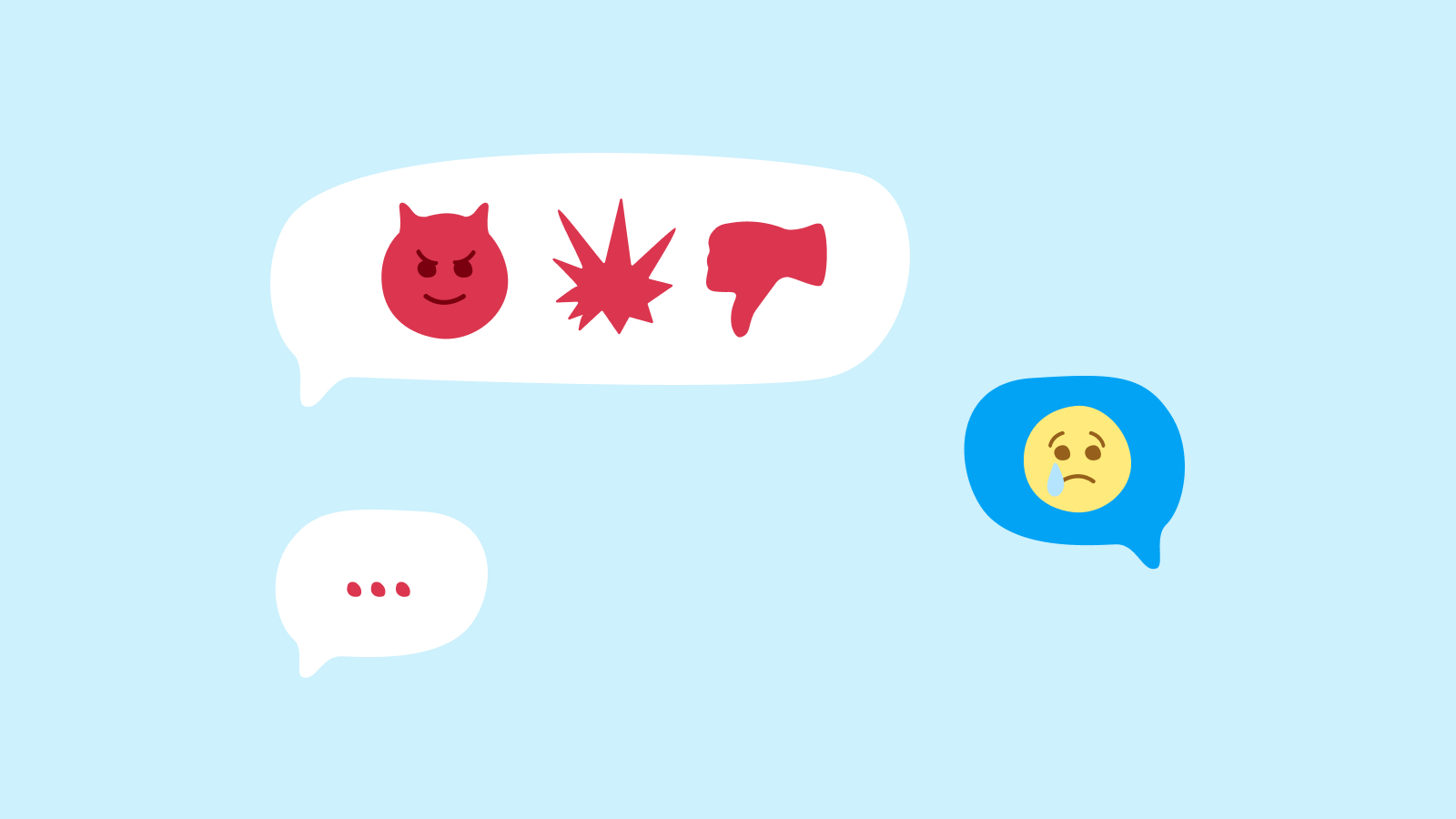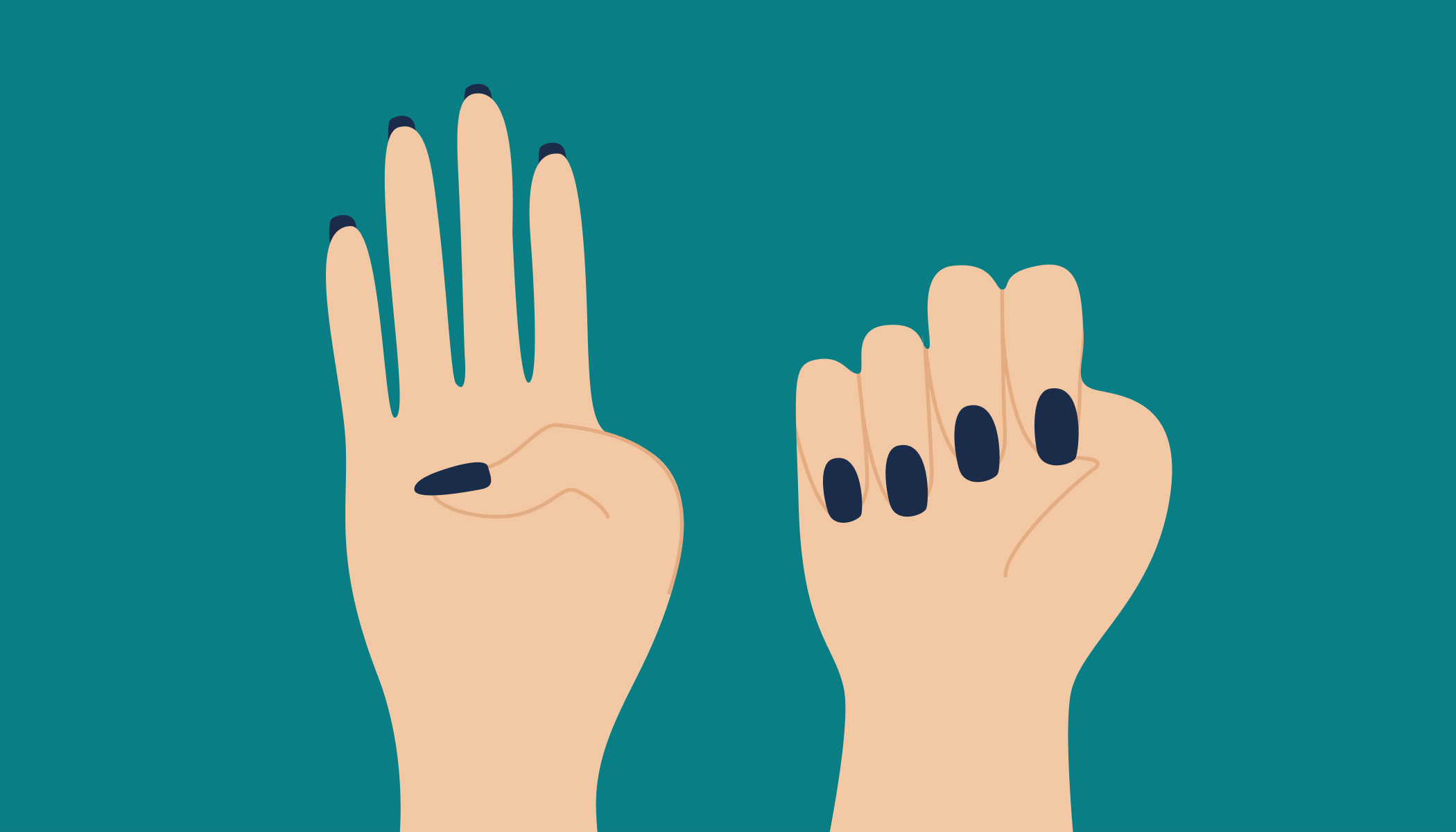When the sun’s shining, there’s no better place to be than the great outdoors. But hot summer days carry a risk of heat exhaustion, which, if left untreated, can turn into heatstroke.
Heatstroke is a serious and life-threatening condition that happens when your core body temperature is too high. With climate change hiking up global temperatures, heatstroke-related deaths are expected to more than double by the 2050s.
Heatstroke can affect anyone, but the risk is highest for the elderly, young children and babies; those who suffer from long-term health conditions like diabetes or heart, lung or kidney disease; and people taking certain medications.
What causes heatstroke?
Heatstroke happens when your body is exposed to so much heat that it can no longer regulate its temperature. ‘Heatstroke is a severe heat-related illness that can occur when strenuous physical exertion or exposure to hot weather – or a combination of both – causes our body temperature to rise to 40°C or above,’ says Dr Menon.
Our bodies are sophisticated machines. Our vital organs cooperate to keep everything working in balance through a practice called homeostasis, carefully controlling temperature, blood sugar levels and the concentration of different ions in your blood. In hot weather, your body has a few ways to maintain a steady temperature:
- Your skin sweats to shed heat
- Your body tells you you’re thirsty and you need to drink water
- Your kidneys start making less pee to conserve water
If you stay in the heat for too long, your body has to work harder to maintain its core temperature. This can result in heat exhaustion, which may escalate to heatstroke.
What are the signs of heat exhaustion?
On its own, heat exhaustion is not usually serious, but it comes with the risk of heatstroke. The key symptoms of heat exhaustion are:
- A temperature of 38°C or above
- Dizziness and confusion
- A headache
- Intense thirst
- Feeling sick and a loss of appetite
- Excessively sweating
- Tiredness
- A rapid pulse
- Cramps in the arms, legs and stomach
- Passing less urine, which is also very dark
If you think you have any symptoms of heat exhaustion, it’s important to take action to cool your body down quickly and avoid heatstroke. Move to a shady area or cool room as soon as possible, then lie down and raise your feet slightly. Make sure to drink plenty of water or a sports drink. Cool your skin by spraying it with tepid water or switching on a fan, and if you can, try placing ice packs on your groin, armpits or neck.
What are the signs of heatstroke?
Heatstroke is a medical emergency. It must be treated quickly before it causes serious damage to your brain, heart, kidneys and other vital organs. Here are the symptoms to look out for:
- A high temperature of over 40°C
- Nausea
- Headache
- Fast, strong pulse
- Flushed, hot skin
- Feeling confused
- Loss of consciousness
If you’re still feeling unwell 30 minutes after cooling down, call emergency services. ‘Heatstroke requires hospital admission for assessment and treatment. You may also have to stay in hospital for observation,’ says Dr Menon. ‘Recovery time is dependent on the individual and how unwell they were when taken to hospital.’
Can children get heatstroke?
‘Children are more vulnerable to heat-related illness than adults,’ explains Dr Menon. ‘In comparison with adults, they produce more metabolic heat and absorb more heat. They also sweat less and are less well adapted to losing it.’
The symptoms of both heat exhaustion and heatstroke are usually the same in children as in adults. ‘Often children are less able than adults to communicate their distress,’ says Dr Menon. ‘If your child has a high temperature and doesn’t seem themselves after being out in the sun, it’s vital you consult a doctor or take them to A&E. Your child may feel sick or vomit, complain of a headache or appear sleepy or floppy. They’ll likely be sweating and breathing more quickly than normal too,’ he says.
To keep children safe in higher temperatures, encourage them to play in shaded areas, and always keep babies under six months old out of direct sunlight. Make sure they are wearing light, breathable clothes. Small children may not ask for water, so make sure they’re drinking plenty of fluids throughout the day.
How can I avoid heat exhaustion and heatstroke?
Of course, it’s always better to prevent heat exhaustion and heatstroke in the first place. Follow these simple steps to stay safe this summer.
1. Stay hydrated
Drink plenty of cold drinks, and if you’re exercising outside, make sure you’re taking in more fluid than you’re losing. Drink before you feel thirsty – as you get older, your body gets less responsive at recognising dehydration. The colour of your pee can also tell you if you’re drinking enough. A pale straw colour usually means you’re well hydrated.
2. Stay clear of the midday sun
It’s best to stay in the shade between 11am to 3pm when the sun’s rays are most intense. Make sure you use a sunscreen of SPF 30+ that protects against both UVA and UVB rays on all exposed parts of the body.
3. Dress for the weather
Light-coloured clothes reflect heat, and loose clothing made from natural fibres like cotton or linen allows sweat to evaporate and cool you down. Wearing a wide-brimmed hat is a simple way to protect your ears, face and the back of your neck from the sun. Keep your eyes safe by choosing sunglasses with high-UV protection.
4. Be mindful of alcohol
Drinking alcohol in the heat can have an impact on your core body temperature. Alcohol is a diuretic, which encourages your kidneys to lose extra fluid and causes you to pee more, making it even more likely you’ll get dehydrated.
While heat-related illnesses can be serious, the good news is that they’re usually simple to prevent. Next time you’re out in the sun, watch out for the tell-tale signs of heat exhaustion and heatstroke.
This article has been medically approved by Dr Samuel Menon, Lead GP at Livi.


